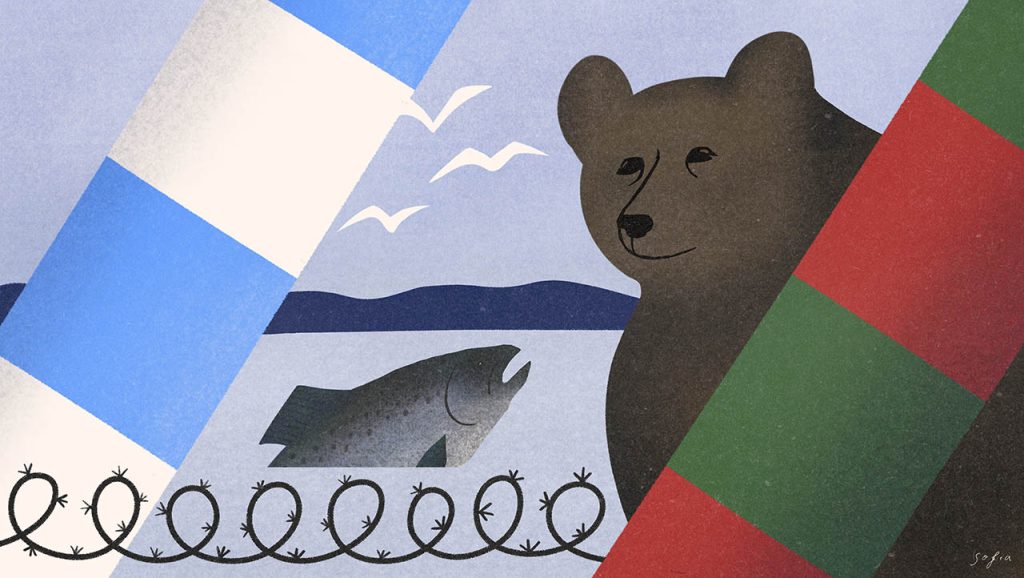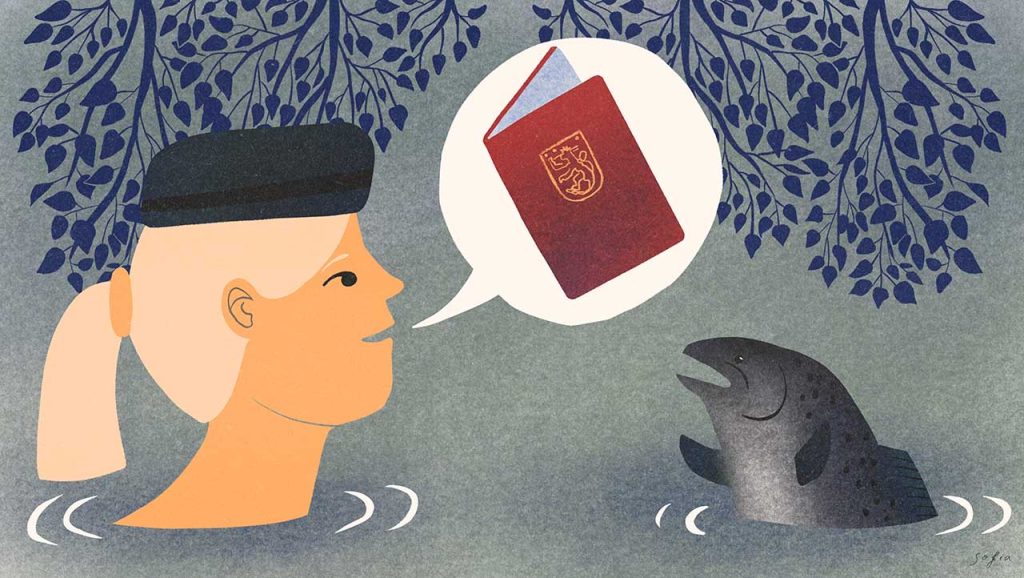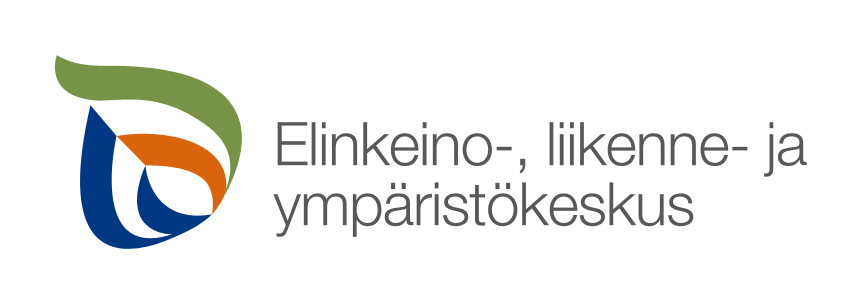The tourism industry worldwide has been striving to provide unique experiences, leveraging technology to create immersive adventures. The trend of virtual storified audio cycle tours has emerged, highlighting the blend of storytelling, cycling, and technology (e.g. Tussyadiah et al. 2018). This blog post explores the global landscape of such tours, using the Virtuaaliopas Saimaan rannoille (Virtual guide to the shores of Saimaa) project in Finland’s South Karelia region (LAB 2023) to shed light on opportunities and challenges.
A growing global trend
The integration of storytelling with virtual technology has found resonance in many parts of the world. From audio guides in museums to narrated walks in historic towns, storytelling enriches the experience, making it personal and engaging. (Bassano et al. 2019.) This has expanded to cycle tourism, too, with routes containing content for various target groups. Combining exercise, eco-friendliness, and exploration benefits, cycling tours appeal to an ever-increasing group.

Merging virtual guidance with cycling tours allows travellers to connect deeply with the environment. The Virtuaaliopas project (LAB 2023) exemplifies how two theme routes ‒ one for Saimaa ringed seal and one for boundaries and frontiers ‒ can engage and inspire versatile people and educate local history. Similar initiatives worldwide can tailor content to local culture, history, or ecology.
Enhanced accessibility and inclusiveness
Virtual tours are accessible to a wide range of people, including those who prefer exploring at their own pace or have physical limitations. Platforms like Outdooractive (2023) can be used and replicated in various global destinations. Encouraging cycling aligns with global sustainability goals. It minimises carbon footprints and promotes a connection with nature, resonating with growing eco-tourism trends worldwide (e.g. Dellova et al. 2022). As seen in the LAB’s example, collaboration with local organisations can lead to continuous development and enrichment of routes. It opens avenues for other regions to follow suit, creating interconnected narratives.

Challenges
The technology might alienate those uncomfortable with digital platforms. A seamless user experience must be ensured, as witnessed by the successful utilisation of Outdooractive in Finland. Creating content that appeals to cultures and languages is crucial. Lessons can be drawn from successful global projects that have managed to transcend language barriers. In the Finnish example, the experiment was started in Finnish.
After the positive feedback from users and, e.g. the followers of the Velogi (2023) vlog, English versions are on the way. Ensuring that content remains fresh and engaging is essential for long-term success. The Finnish example shows the importance of collaboration and innovation in keeping the content alive.
Conclusions
The Finnish project (LAB 2023) lays positive ground on the potential of virtual storified audio cycle tours. Its implementation, success, and lessons learned offer valuable insights for similar future initiatives. The fusion of technology, storytelling, and cycling provides a reasonable basis for contemporary travellers’ desires for engagement, sustainability, and uniqueness. While challenges exist, they are not impossible to overcome.
In the context of global travel trends, the emergence of virtual storified audio cycle tours represents a significant step towards more personalized, eco-friendly and engaging tourism. It’s a journey that’s only just begun and needs more work in the future.
Author
Johanna Heinonen is a Senior Lecturer and RDI Specialist at LAB University of Applied Sciences. She has a particular passion for studying how digital tools and applications could be used more efficiently in tourism, businesses, and education.

References
Bassano, C., Barile, S., Piciocchi, P., Spohrer, J. C., Iandolo, F., & Fisk, R. 2019. Storytelling about places: Tourism marketing in the digital age. Cities, 87, 10‒20.
Dellova, R., Bigoy, E. R., Jogno, J. J. G., Joson, E. J. S., Monterola, M. A., & Santos, S. J. T. 2022. Bicycle as a New Tourism Trend and Transportation in the New Normal. International Journal of Applied Research in Tourism and Hospitality, 1(1), 57‒72.
LAB. 2023. Virtuaaliopas Saimaan rannoille. Project presentation in Finnish. LAB University of Applied Sciences. Cited 10 Aug 2023. Available at https://www.lab.fi/fi/projekti/virtuaaliopas-saimaan-rannoille
Outdooractive. 2023. Platform. Cited 10 Aug 2023. Available at https://www.outdooractive.com/en/
Tussyadiah, I. P., Wang, D., Jung, T. H., & Tom Dieck, M. C. 2018. Virtual reality, presence, and attitude change: Empirical evidence from tourism. Tourism management, 66, 140‒154.
Velogi. 2023. Rajaa ja rajattomuutta – elämysreitti Etelä-Karjalassa. YouTube. Cited 10 Aug 2023. Available at https://www.youtube.com/watch?v=WMnvtkArxSc




